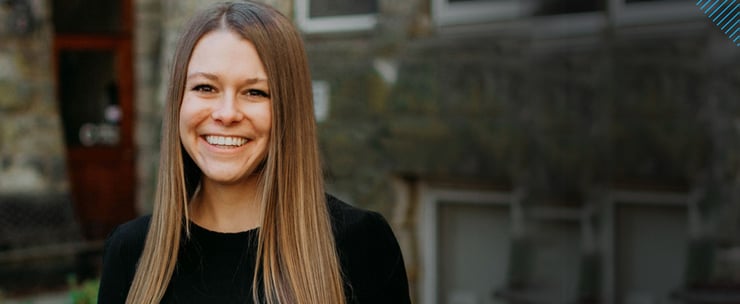College students and high schoolers have had their lives completely upended since early March, both socially and academically. The disruptions vary from suddenly moving home and shifting to online learning to missing their prom, graduation, and other adulthood rites of passage. It comes as no surprise then to see these audiences leaning deeply into social media and streaming TV while under quarantine.
Through the last week of March, TV viewership measured by Nielsen continued to increase, up 15.4% for Adults 18-49. Social media platforms like Reddit are experiencing enormous spikes — up 20% in traffic in February. Snapchat has seen double-digit increases in ad engagement, and the platform’s AR lens is seeing a spike in traffic since late March, up 25%. In total, social media platform engagement is up 16% in March as compared to February.
What do the Media Ratings Mean?
On the one hand, it’s not surprising to see spikes in traffic like this while people remain at home— physically isolated from friends and family. Social platforms can serve as a viable alternative to live communication and a sense of connection while keeping people up to speed on the latest news. But, there’s a downside to the increased use of these platforms.
As social media platform offerings continue to diversify and usage is on the rise, the topic of health and wellness is also hitting the mainstream more and more as a critical topic of conversation relevant to younger Millennials and Gen Z. In recent years, increased social media use among these generations is linked to increased levels of anxiety and depression. The pressure to belong, cyberbullying, and disconnection with the physical world are all potential side effects of the overuse of these platforms.
A recent wave of surveys conducted by Mindshare exemplifies some of the challenges that increased use of social media can induce. As platform engagement by user increased, that same user has decreased connection with friends and family. Many respondents used terms like ‘overwhelmed,’ ‘anxious,’ ‘stressed,’ and ‘frustrated’ in the fourth and fifth weeks of the study, showcasing the impact that the pandemic is having on their emotional health. Campus Sonar’s most recent industry briefing on April 14th is also representative of stress and anxiety, with an increase in negative sentiment online from both parents and students.
People are feeling worn out from all of the news and information overload, so keep communications actionable, relevant, and authentic to your brand.
How You and Your Teams Can Help
There are a few ways that institutions can support their current students, alumnae and/or admitted/prospective students.
Are you running any paid media?
- If so, make sure your messaging is focused on how you’re providing support and resources during this time. People are feeling worn out from all of the news and information overload, so keep it actionable, relevant and authentic to your brand
- Shift communications to promote activities (tours, virtual happy hours, etc.) that are relevant to your audiences and will get them communicating with peers
- Use video whenever possible
- Leverage your social platforms to create content that keeps people active and engaged in the right ways. Some recent great examples include: Lebanon Valley College’s Virtual Dutchman Digital Dance Off and Butler University’s Facebook livestream with Butler Blue each Friday morning, Bulldog Jog and family game nights
Are you driving audiences to your website?
To help elevate it, bring some of the recommendations that your resources highlight to life:
- Pair up alumnae with graduating seniors (or seniors with admitted students) for 1:1 conversations where they can support each other
- Create online interest groups for exercise, board games, and more so people can video chat with each other, and foster new relationships.
- Offer digital office hours from your health services teams so students can talk
While the digital landscape can supplement some of the connections we’re trying to maintain like online learning, institutions should remember that students need to be investing time in their emotional health and wellbeing. It strengthens the bond between students and their institutions and builds loyalty for the long term.


.jpeg)








